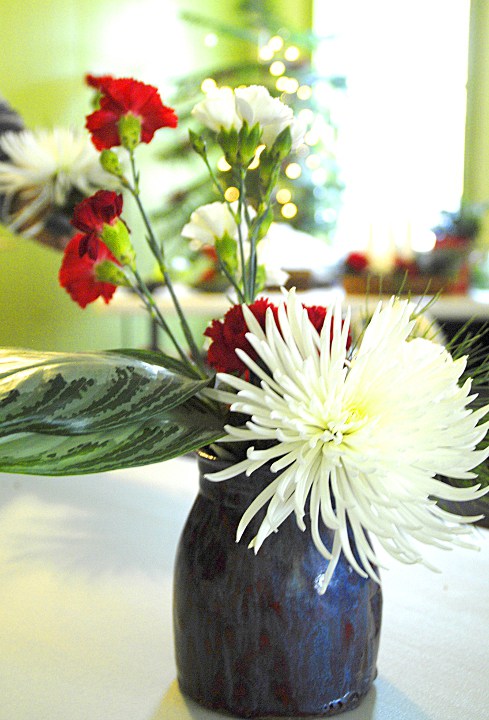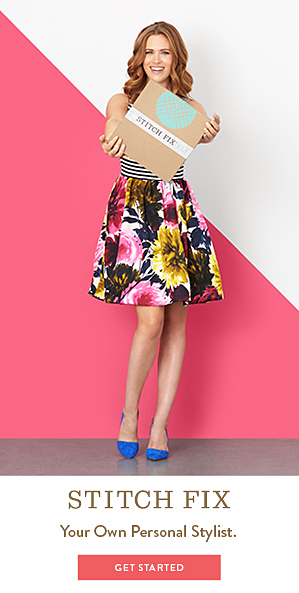Floral arrangements with unique flair
Earlier this year, I wrote a magazine article about the Japanese floral art of Ikebana. I was so fascinated by Ikebana that I wanted to share a bit about the technique with you here on this ol’ blog.
The Japanese attitude toward floral arrangement is often deeper and more spiritual than the Western approach to floral design, according to instructors in Asian horticulture. The word “Ikebana” means “giving life (or meaning) to flowers.”
Contrary to the idea of floral arrangement as a random collection of colored blooms, Ikebana often emphasizes other areas of the plant, such as its stems and leaves, and draws attention toward shape, line and form.
 Typically, only three significant, main elements are used in Ikebana design. In the arrangement in the photo above, the artist used greenery to symbolize the earth, large white flowers to signify heaven and red flowers to represent people.
Typically, only three significant, main elements are used in Ikebana design. In the arrangement in the photo above, the artist used greenery to symbolize the earth, large white flowers to signify heaven and red flowers to represent people.
Two important philosophies of Ikebana are that the arrangement must fit the environment in which it is displayed; and that the arranger’s emotions and character are to be expressed in the piece.
Because so few elements are used in Ikebana, the arrangements are fairly inexpensive to create, yet they hold tremendous meaning. Even the container should be significant in some way. This makes for a very sentimental conversation piece.
Ikebana is noted for its mastery of proportional harmony between the flowers, vase and setting. The origin of the art form stretches back over 500 years. There are two basic styles: the “Moribana” and “Nageire.” Moribana involves using a low, shallow container and flower holder. It is a relative newcomer in the evolution of Ikebana art, but has become increasingly popular. The older, Nageire style uses a taller, upright container without a flower holder.
 Fundamental to almost all schools and styles of Japanese flower arranging are three lines created by tall, medium and short stems. Originally symbolizing heaven, man and earth, today the proper placement of these stems in an arrangement creates a three-dimensional, triangular framework. Additional stems provide a focal point, depth and filler.
Fundamental to almost all schools and styles of Japanese flower arranging are three lines created by tall, medium and short stems. Originally symbolizing heaven, man and earth, today the proper placement of these stems in an arrangement creates a three-dimensional, triangular framework. Additional stems provide a focal point, depth and filler.
I hope you enjoyed your floral lesson for the day. Would you ever consider creating an Ikebana-inspired floral arrangement? I’m excited to try one (or a few) during the holidays this year.
I’m linking this up to Whatever Goes Wednesday and House of Hepworths.






I love Japanese floral arrangements, it could be something simple but elegance.
Never heard of this before and it is so pretty. Love their interpretation of earth sky and people.Will have to try this at our next family get together, impress the kin folk with my new skills 😉 Thanks for sharing. Blessings, Pam
Very interesting! Thank you.
This is pretty unique and different, I like the ideas it sparks!
Oh and if you ever get any good tips on how to keep flowers fresher for longer please do share! Thanks!!
If I was you, I would not ask me for gardening or floral advice. Ha! I’ll kill anything. However, my little kitchen herb garden is going strong. Wahoo!